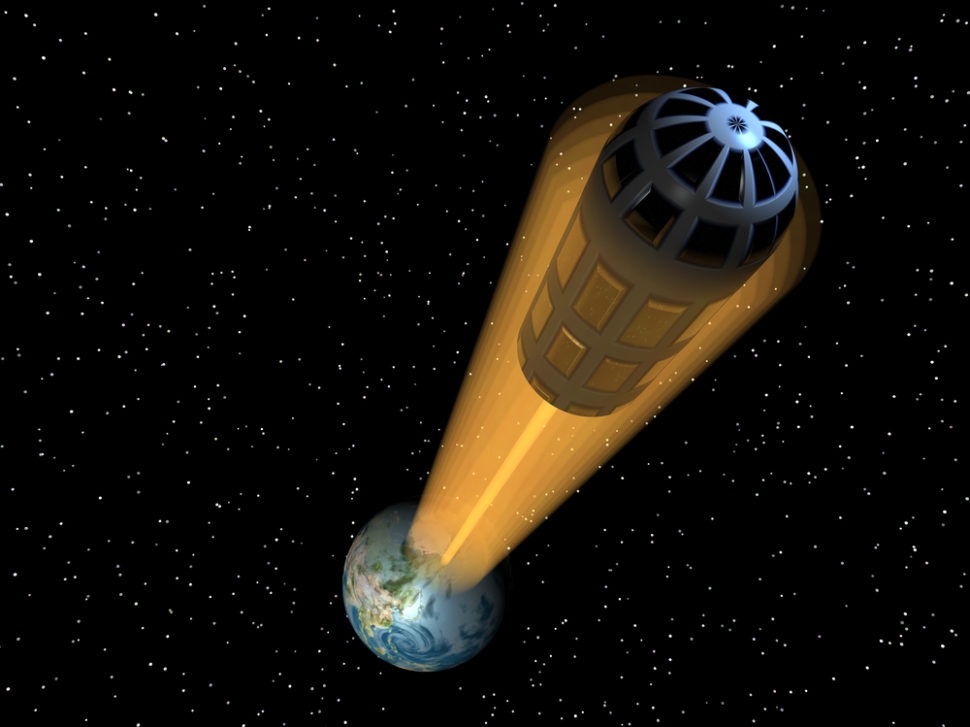For humanity to preserve its civilization for posterity, putting all eggs in Earth’s basket might not be an option.
Perhaps space colonization isn’t something we should do just because we can, but we have to, and many scientists, including Stephen Hawking, are of this opinion. Our ailing home planet might not be able to support our ascension forever as we’re consuming its resources up to the hilt.
While our understanding of the Universe has dramatically developed over the last decades, escaping Earth’s gravity to get to orbit has been perhaps the most challenging aspect of space exploration.
Forget Space Elevator, Here’s the Lunar Spaceline
At present, we rely on rocket technology to launch astronauts and payloads into orbit, which is prohibitively expensive and technically limited. But we don’t lack alternatives, at least theoretically.
One of the suggested alternatives is a space elevator, first proposed by Russian scientist Constantin Tsiolkovsky in the late 19th century, then novelist Arthur C. Clarke popularized the idea in The Fountains of Paradise.
Another concept that sounds far-fetched is a “spaceline” that would allow people and equipment to break loose from Earth’s gravitational pull to get into orbit.
Spaceline is a twist on space elevator proposed by astrophysicists Zephyr Penoyre from the University of Cambridge, and Emily Sandford from Columbia University.
The pair of scientists believe a spaceline, at least on paper, is a more doable alternative with today’s technology compared to a space elevator. They describe their concept for a spaceline suspended from the Moon in a paper:
“The Spaceline. By extending a line, anchored on the moon, to deep within Earth’s gravity well, we can construct a stable, traversable cable allowing free movement from the vicinity of Earth to the Moon’s surface. With current materials, it is feasible to build a cable extending to close to the height of geostationary orbit, allowing easy traversal and construction between the Earth and the Moon.”
While the idea of a spaceline between Earth and its moon isn’t new — first proposed in 1979 — Penoyre and Sandford did the math and believed it could actually work as technically and economically feasible solution.
Compared to the oft-cited space elevator, a spaceline will be easier and cheaper to construct, using what we have today from materials and know-how. Unlike a space elevator that would be attached to Earth, a spaceline would dangle down from the Moon, orbiting with it, meaning less strain from centrifugal forces.
The spaceline would be at geostationary orbit, over 26,000 miles above Earth’s surface, ready to transport payloads or people up to the Moon. According to researchers, there’d be some kind of a station, or a base camp, there.
“Such a base camp would allow construction and maintenance of a new generation of space-based experiments – one could imagine telescopes, particle accelerators, gravitational wave detectors, vivariums, power generation and launch points for missions to the rest of the Solar System.”
This study has yet to be peer-reviewed, and for now, the paper is available as a pre-print.



















Comments (0)
Most Recent